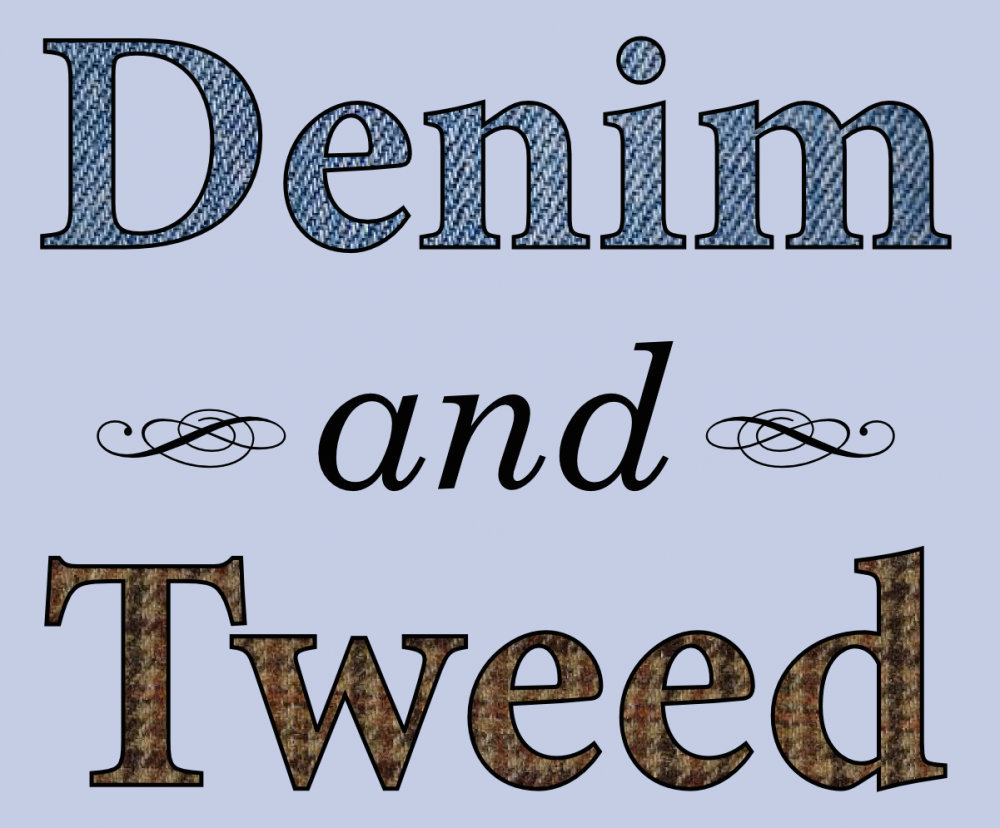 One way plants can gain an advantage in their dealings with pollinators, seed dispersers, or herbivores is to act collectively. For instance, when oak trees husband their resources for an extra-big crop of acorns every few years instead of spreading them out, acorn-eating rodents are overwhelmed by the bumper crop, and more likely to miss some, or even forget some of the nuts they cache. These benefits of synchronized mass seed production, or “masting,” are straightforward, but how it happens is less clear. A paper in the latest issue of Ecology Letters has an answer — synchronization happens accidentally [$-a].
One way plants can gain an advantage in their dealings with pollinators, seed dispersers, or herbivores is to act collectively. For instance, when oak trees husband their resources for an extra-big crop of acorns every few years instead of spreading them out, acorn-eating rodents are overwhelmed by the bumper crop, and more likely to miss some, or even forget some of the nuts they cache. These benefits of synchronized mass seed production, or “masting,” are straightforward, but how it happens is less clear. A paper in the latest issue of Ecology Letters has an answer — synchronization happens accidentally [$-a].
 Bumper acorn crops ensure that squirrels miss a few. Photo by douglas.earl.
Bumper acorn crops ensure that squirrels miss a few. Photo by douglas.earl.When Dan Janzen first described masting as an adaptation in plants’ coevolution with seed predators, he proposed that “an internal physiological system” [$-a] acted as a timer between masting events, with masting ultimately triggered by weather conditions. However, mathematical models have suggested a different possibility, the “resource-budget hypothesis:” that masting synchronization arises through an interaction of resource and pollen limitation [$-a].
Resource limitation works in concert with pollen limitation by catching plants at two stages of the seed-production process. First, if the resources required for seed production are more than can be accumulated in a single year, or if the availability of resources varies from year to year, then some years will be spent building up reserves instead of producing flowers. When reserves are built up, seed production is limited by the availability of pollen to fertilize flowers. Plants that flower when most of the rest of the population doesn’t will fail to set much seed, so they’ll have reserves to make seeds in the next year. This doesn’t require Janzen’s “internal physiological system” for the plants to synchronize, although such a system might evolve to reduce the likelihood of wasting resources by flowering out of synch.
The new paper tests this model in populations of a western U.S. wildflower, Astralagus scaphoides, which flowers at high frequency every alternate year. The authors prevented seed production in the plants by removing their flowers, either in a “press” of three years in a row or in a single “pulse” during one high-flowering year. The plants’ response to these treatments would reveal the role of resource and pollen limitation in synchronizing seed production.
If resource depletion after fruit set prevents reproduction in successive years, we predicted that ‘press’ plants would flower more than control plants every year, as they were never allowed to set fruit. We predicted that ‘pulse’ plants would flower again in 2006, but not set fruit due to density-dependent pollen limitation in a low-flowering year.
The authors also measured the sugars stored in the roots of plants collected before and after flowering in a high-flowering year.
The resource-budget hypothesis worked. Plants prevented from setting seed were forced out of synch with the rest of the population. “Pulse” plants flowered the year after treatment, but because few other plants did, they received little pollen and set little seed. They then had resources to flower yet another year, with the rest of the population this time, and set much more seed, depleting their reserves and bringing them back into synch. “Press” plants continued to flower at high rates each year, as long as they were prevented from setting any seed. Sugar levels built up in the tested roots during non-flowering years, and dropped after high-flowering years.
So masting arises as an emergent result of two limitations acting on plants — the resources needed to make seed, and good access to pollen. A couple of simple rules lead, undirected, to an ordered system that affects entire natural communities.
References
Crone, E., Miller, E., & Sala, A. (2009). How do plants know when other plants are flowering? Resource depletion, pollen limitation and mast-seeding in a perennial wildflower. Ecology Letters, 12 (11), 1119-26 DOI: 10.1111/j.1461-0248.2009.01365.x
Janzen, D. (1971). Seed predation by animals Ann. Rev. Ecol. Syst., 2 (1), 465-92 DOI: 10.1146/annurev.es.02.110171.002341
Janzen, D. (1976). Why bamboos wait so long to flower Ann. Rev. Ecol. Syst., 7 (1), 347-91 DOI: 10.1146/annurev.es.07.110176.002023
Satake, A., & Iwasa, Y. (2000). Pollen coupling of forest trees: Forming synchronized and periodic reproduction out of chaos. J. Theoretical Biol., 203 (2), 63-84 DOI: 10.1006/jtbi.1999.1066









